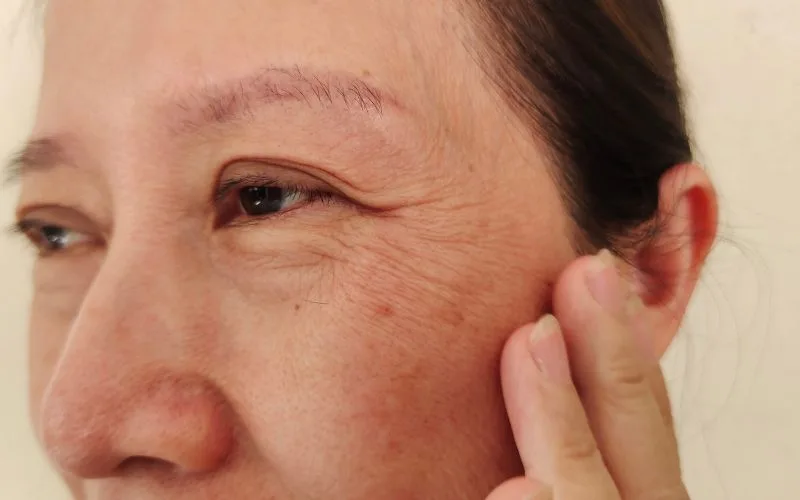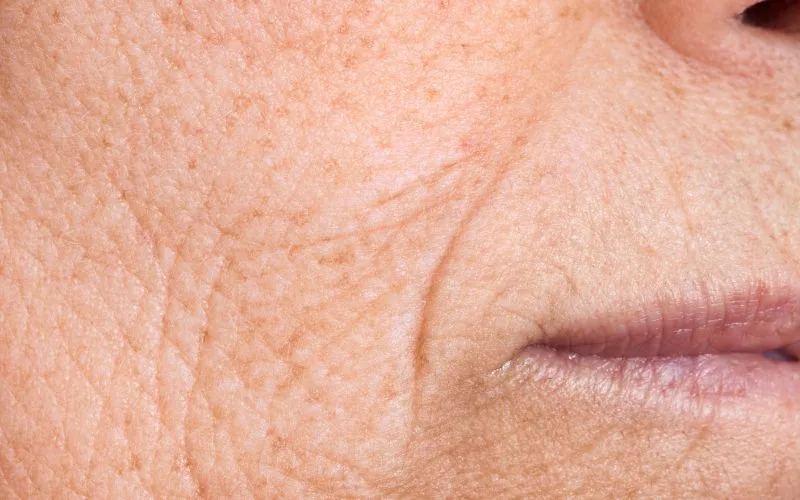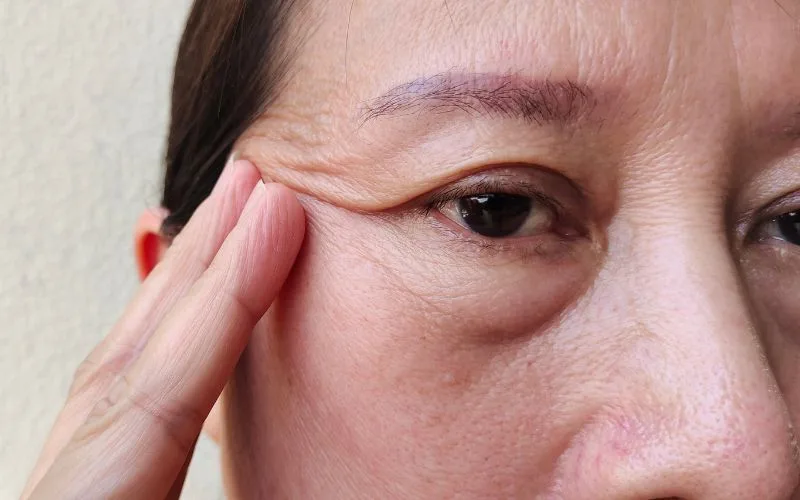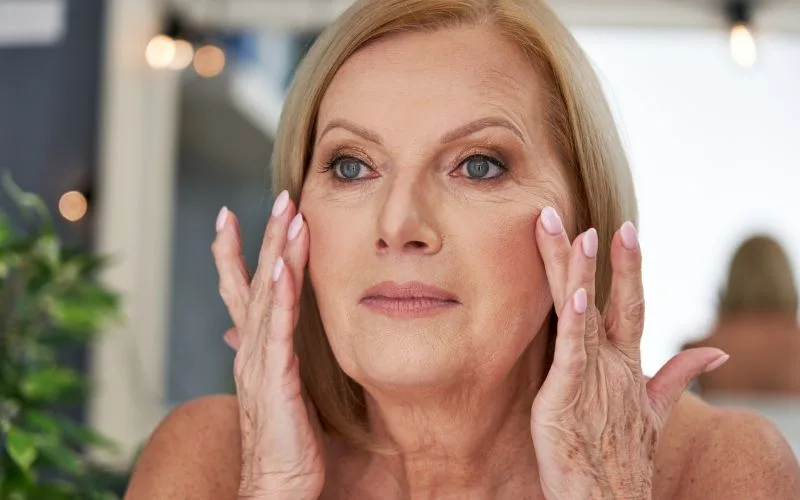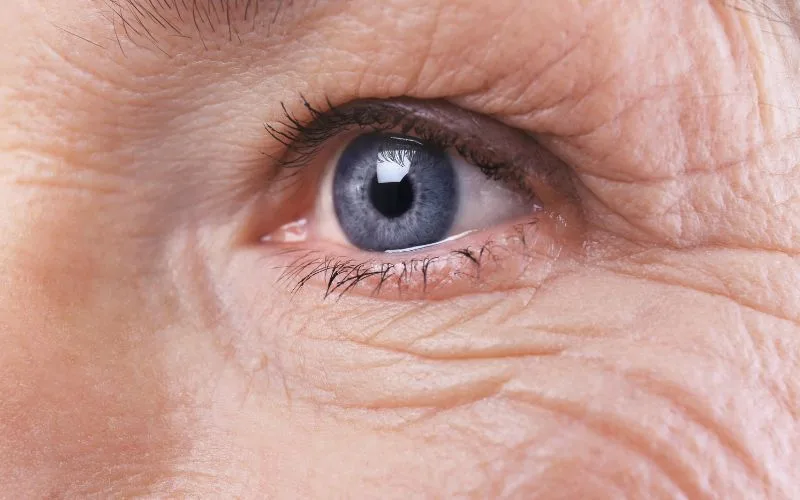As we age, the skin on our faces undergoes a series of changes, including the appearance of fine lines and wrinkles. Some of these wrinkles are static, while others are dynamic. Understanding the difference between these two types of wrinkles can help us better understand how our skin changes over time and how we can slow down the process.
Static Wrinkles
Static wrinkles are visible even when our faces are at rest. They are caused by a combination of factors, including the natural ageing process, genetics, sun damage, and lifestyle factors such as smoking and stress. Static wrinkles are often found in areas where the skin is thinner, such as around the eyes and mouth. They can be deep and pronounced and can make us look older than we are.
What are the static wrinkle treatments available?
Static wrinkles can be treated with fillers or microneedling. They are both non-surgical treatments that can help improve the appearance of wrinkles by restoring volume to the skin.
How do fillers help with static wrinkles?
Dermal fillers are particularly effective for treating wrinkles in the lower half of the face, such as smile lines, marionette lines, and nasolabial folds. They can also be used to add volume to the under-eyes, cheeks, lips, and other areas of the face that have lost fullness due to ageing.
Most dermal fillers are made of hyaluronic acid, a substance naturally found in the body that helps hydrate and plump the skin. When injected into the skin, the filler attracts and binds to water molecules, creating a plumping effect and restoring volume to the skin. The filler also helps to stimulate the production of collagen and elastin in the skin, which can lead to longer-lasting results.
Dynamic wrinkles
Dynamic wrinkles, on the other hand, are wrinkles that appear when we move our faces. They are caused by the repeated contraction of our facial muscles, and are often referred to as expression lines. Dynamic wrinkles are most commonly found on the forehead, between the eyebrows, and around the eyes. They can be less pronounced than static wrinkles, but can still make us look older or more tired than we are.
Facial expressions are a natural way for humans to communicate their emotions. But, as we age and our skin loses its elasticity, these lines become more pronounced and noticeable.
What are the options for dynamic wrinkle treatment?
For dynamic lines, treatments such as BTX and other neuromodulators can be effective at reducing the appearance of lines and wrinkles. These treatments work by temporarily paralyzing the muscles that cause the lines to form, allowing the skin to smooth out and become less wrinkled.
BTX Static Wrinkles Treatment
Practically everyone nowadays has heard of botulinum toxin (BTX) and its effectiveness in treating wrinkles and fine lines, particularly frown lines between the brows, forehead lines, and crow’s feet around the eyes. Dynamic and static wrinkles BTX for preventing the formation of wrinkles and fine lines by blocking nerve impulses to the underlying muscles.
When injected into specific facial muscles, BTX blocks the signals from the nerves that cause the muscles to contract. This prevents the muscles from contracting too strongly, thereby reducing the appearance of dynamic wrinkles. It lasts around 6 months. As the effects wear off, the muscles gradually regain their ability to contract, and the wrinkles may reappear. However, regular treatments may weaken the muscles over time, resulting in less severe dynamic wrinkles.
Turn back the clock on ageing at Kowayo Aesthetic Clinic!
While both dynamic and static wrinkles are a natural part of the aging process, they differ in their causes and treatment. Although preventative measures such as sun protection and a healthy lifestyle can delay the onset of both types of wrinkles, treatment options.
Ultimately, the best approach to managing wrinkles depends on an individual’s unique circumstances and preferences and should be discussed with a qualified medical professional. Contact us for a consultation.
